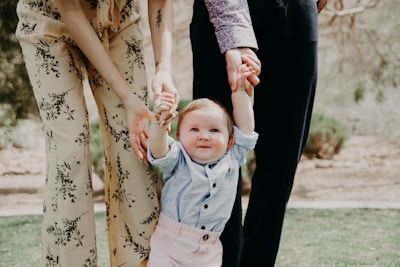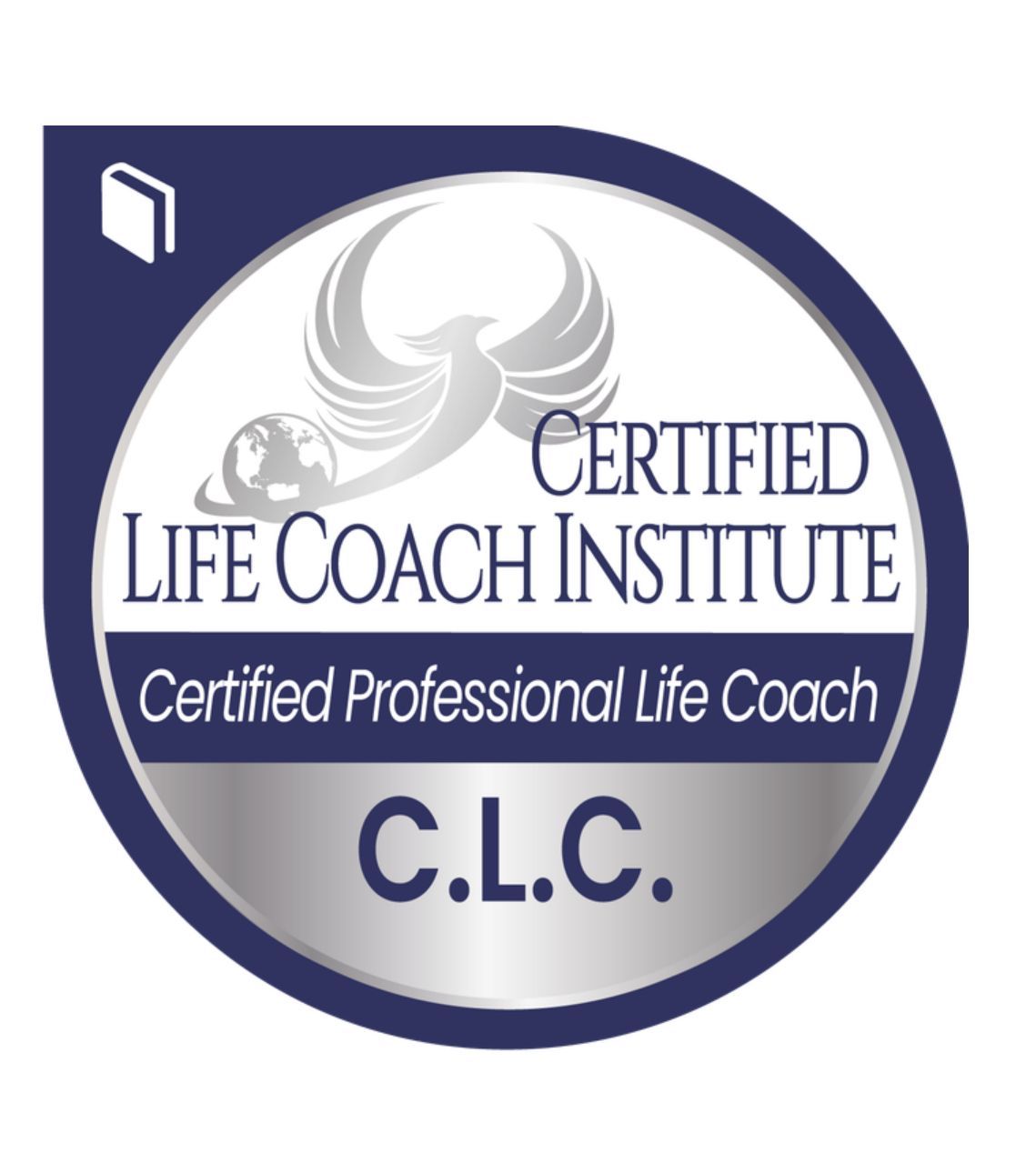
Want to discover your attachment style? Check out the Link to our free assessment at the bottom of this page.
How Our Caregivers' Attachment Styles Shape Our Own Love Lives
Have you ever wondered why you act a certain way in relationships, or why you're drawn to specific types of partners? Attachment theory, developed by psychologist John Bowlby, suggests that our earliest relationships with caregivers lay the foundation for how we approach intimacy, trust, and independence. But it's not always straightforward. While our caregivers’ attachment styles certainly influence our own, our adult experiences can shift these patterns as well.
The Basics of Attachment Styles
Attachment theory identifies four main attachment styles:
- Secure: Confident in relationships, trusting, and comfortable with both intimacy and independence.
- Anxious: Often preoccupied with relationships, fearing abandonment and needing reassurance.
- Avoidant: Self-reliant, often uncomfortable with closeness or vulnerability.
- Fearful-Avoidant: A blend of anxious and avoidant tendencies, often rooted in trauma or unresolved loss.
In childhood, we develop an attachment style based on our caregivers’ behaviors, but this isn’t a one-size-fits-all pattern. Attachment can evolve over time, especially through relationships that affirm or challenge our initial beliefs about closeness and trust.
How Our Caregivers' Attachment Styles Affect Us
Here’s how a caregiver's attachment style can shape a child’s future approach to relationships, along with some alternative responses that can develop depending on other factors:
1. Secure Attachment Caregivers
Caregivers with a secure attachment style are emotionally available, consistent, and nurturing. They provide a reliable balance of warmth and independence, giving the child a safe base from which to explore.
Children of secure caregivers often develop secure attachment themselves, trusting others and feeling comfortable with both closeness and autonomy. But even if raised by secure parents, some individuals may develop anxious or avoidant tendencies if their early friendships or adult relationships involve inconsistent or hurtful behavior.
2. Anxious Attachment Caregivers
Anxious caregivers may be overly attentive or unpredictable, causing the child to worry about meeting their caregiver’s emotional needs. This environment can make a child hyper-aware of others’ reactions and anxious about their own worthiness of love.
Often, these children develop an anxious attachment style, seeking reassurance and fearing abandonment in adult relationships. However, some may adopt an avoidant style as a defense mechanism, guarding themselves against perceived rejection by becoming self-reliant and avoiding vulnerability.
3. Avoidant Attachment Caregivers
Avoidant caregivers tend to be emotionally distant or unresponsive, whether because of personal struggles or discomfort with intimacy. A child in this environment learns that emotional closeness isn’t safe or reliable, often becoming independent and self-sufficient out of necessity.
Children of avoidant caregivers often develop avoidant attachment in adulthood, avoiding intimacy to protect themselves from disappointment. Interestingly, some may go the opposite route, developing an anxious attachment style in their search for the closeness they lacked growing up. They may cling to relationships and seek constant validation, fearing abandonment because of their early emotional deprivation.
4. Fearful-Avoidant (Disorganized) Caregivers
Fearful-avoidant caregivers, often dealing with unresolved trauma, may alternate between nurturing and unpredictable behavior, creating confusion for the child. This inconsistency can leave the child uncertain of how to seek or trust connection.
Children with this background often develop fearful-avoidant attachment themselves, longing for connection but pushing others away out of fear. However, some may cope by leaning toward either anxious or avoidant tendencies in adulthood, depending on their experiences in relationships and their healing journey.
How Adult Relationships Influence Attachment Styles
While early caregiving experiences set the stage, attachment styles can shift based on adult relationships. Secure relationships, especially with a partner who models healthy attachment behaviors, can help anxious or avoidant individuals feel safe enough to develop a more secure attachment. Likewise, relationships marked by inconsistency, criticism, or abandonment can reinforce insecure attachment styles or even lead a secure person to become more anxious or avoidant over time.
For example, someone who enters a relationship with a secure partner may find that their own anxious or avoidant tendencies lessen as they experience consistent support and open communication. On the other hand, repeated experiences with untrustworthy or unavailable partners may lead a secure individual to develop avoidant behaviors as a form of self-protection.
Moving Toward a Secure Attachment Style
If you recognize patterns from your caregivers that you'd like to shift, here are some steps that can help you move toward a more secure attachment:
1. Increase Self-Awareness: Reflect on your attachment patterns and identify moments when your attachment style is affecting your relationships. Journaling can help you notice your responses and triggers.
2. Reframe Limiting Beliefs: Challenge beliefs about relationships that stem from childhood experiences, like "love isn’t reliable" or "I’m not worthy of love."
3. Practice Vulnerability: Slowly opening up in safe, supportive relationships can help retrain your brain to feel comfortable with intimacy. Start by sharing your thoughts and feelings with people you trust.
4. Seek Secure Role Models: If possible, seek out people who demonstrate secure attachment, whether they’re friends, family members, or partners. Observing their behavior can provide a template for healthier relationship dynamics.
5. Consider Coaching: Coaching can offer a safe space to explore your past, uncover attachment patterns, and develop healthier ways of relating to others.
While our caregivers’ attachment styles can profoundly influence us, attachment isn’t set in stone. By reflecting on these patterns and engaging in relationships that encourage growth, we can make conscious choices to develop healthier attachment styles. With awareness and intentional change, we can break free from limiting beliefs, foster more secure connections, and create lasting, fulfilling relationships.
Want to know more about your main attachment style. Click HERE to take our free assessment.
We go into greater detail on these concepts in our courses and coaching programs. As well, we offer a Facebook Group for support and guidance. You can join HERE.




